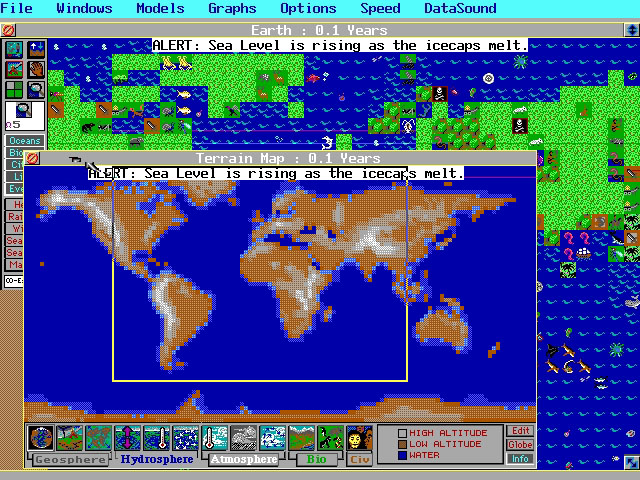IF neo-Darwinian evolution, which is supposed to involve nature selecting whole organisms from within a population, applies to raw chemicals, and
IF the first cell membrane was not made with phospholipids like all modern living cells, but instead with fatty acids, and
IF there was a nutrient-filled ocean on an early earth, and
IF those nutrients contained just the right precursor chemicals,3 and
IF those nutrients were optically purified (which science shows cannot happen without machines),4 and
IF those precursors could eventually morph into the chemicals of real life: DNA, RNA, proteins, vitamins, cholesterols, and certain carbohydrates (although chemistry has shown this is not possible without machines),5 and
IF those nutrients were highly concentrated in a small area, despite forces that would lead to their diffusion, and
IF fatty acids could spontaneously generate in a watery soup, and
IF the nutrient concentration coincided with a floating fatty acid bubble, and
IF the ocean had the proper pH required to form vesicles (bubbles assembled from the fatty acids to serve as containers for the new cells), and
IF the temperature in that ocean fluctuated precisely to disrupt the bubbles integrity, permitting nutrients into (but not out of!) itself, and
IF oxygen, free radicals, other harmful chemicals, ultraviolet light, electricity, or any physical motions were not there to disrupt the delicate concoction, and
IF the high temperatures required to induce the bubble to assimilate small RNA-like bits, did not also break the precursors down before they figured out how to replicate or at least maintain themselves,6 and
IF the small-sized oily vesicles that formed spontaneously were to somehow expand, providing adequate internal space to house biochemical precursors, yet without losing structural integrity,
THEN we would have a chemical-containing bubble that is as close to a living cell as a desktop globe is to planet earth.

 ]
]
